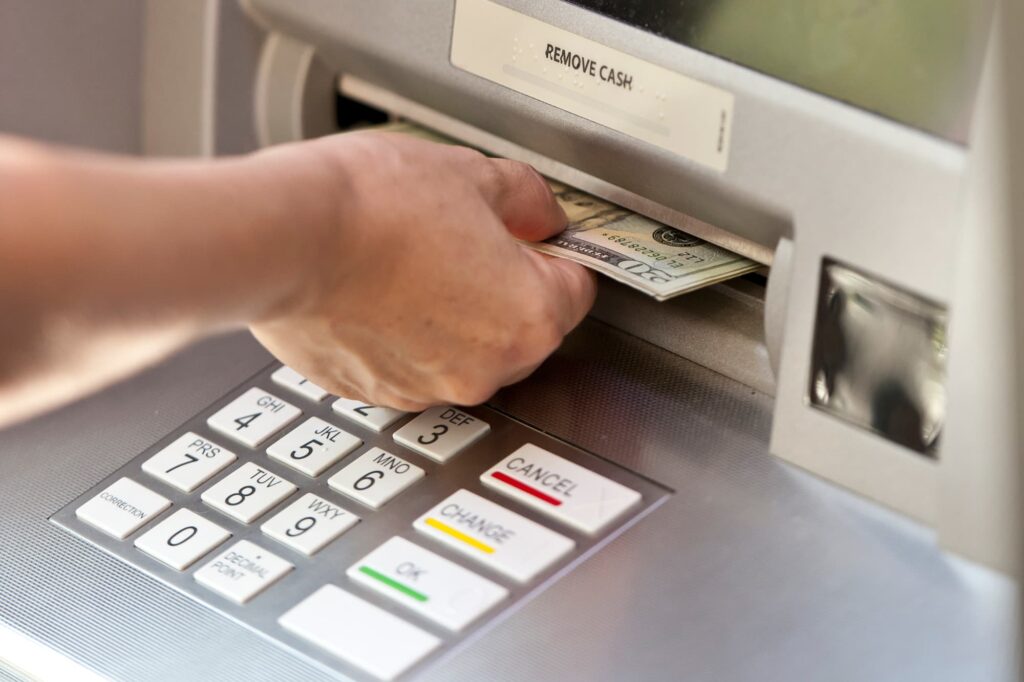With the economy the way it’s been for the last few years, no can afford to lose even the least amount of money to a fraud or scam.
One tactic that has been around for a long time is to send you an electronic mail that says some kind of your financial knowledge has possibly been compromised. The most common of these are emails that look like they are from PayPal or of the more popular banks. You will read in the electronic mail that there has been suspicious activity on your account and that it requires immediate attention. It will then ask you to login to your account and confirm your knowledge.

On the backend of the site is application programmed to record your keystrokes and provide the scammers together with your login and password. This gives them much simpler access to take all of your money. This is why it is so important to understand the difference between HTTP and HTTPS in the address bar of your browser. The difference between those is the difference in your safety online.
This same type of scam has also been carried over from strictly emails to phone calls. I personally have received calls asking me to enter my card knowledge. (wccannabis) Those calls always lead to me hanging up right away, as you ought to.